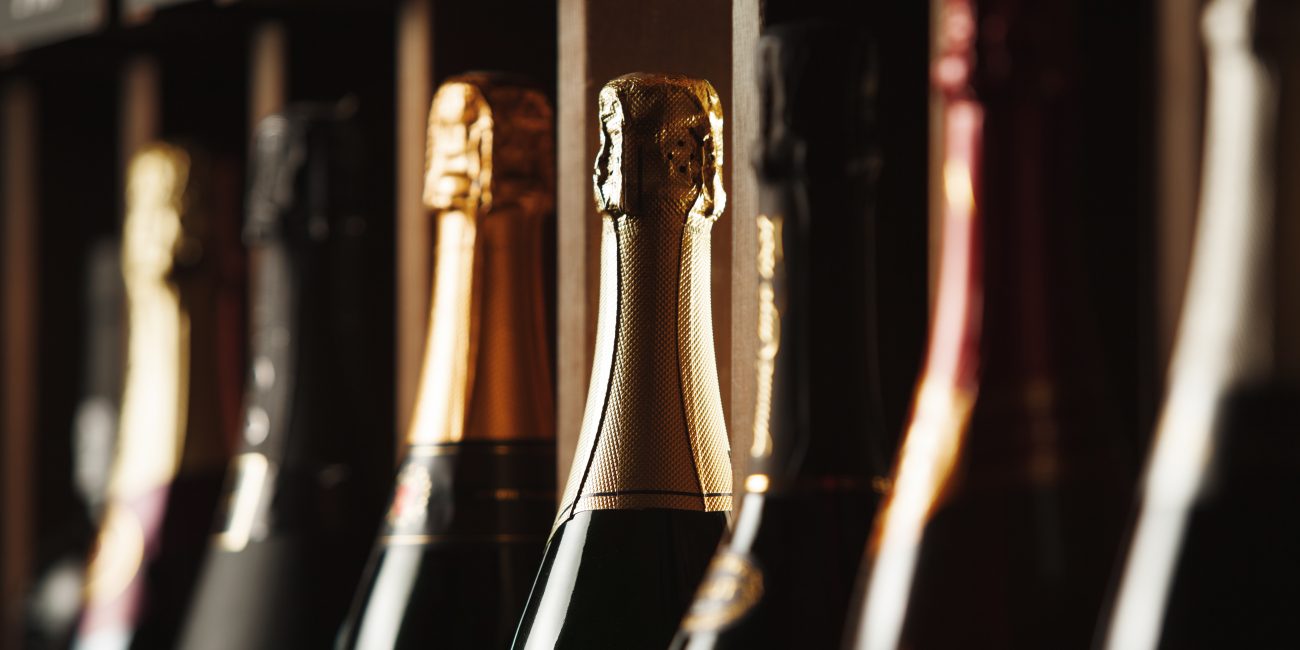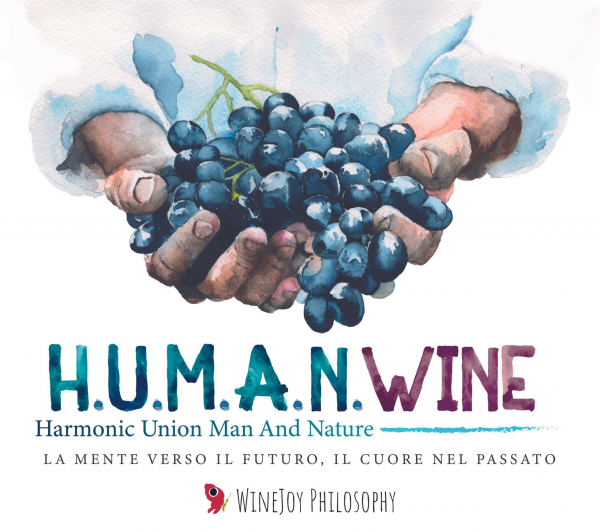
It is not easy to juggle when you decide to buy a Spumante, as not everyone knows that there are various types of this wine and confusion is around the corner. Besides, is a sparkling wine like ‘spumante’? Of course it isn’t…
The first difference between ‘spumante’ and sparkling wine is the pressure and is sanctioned by the European Regulation. A sparkling wine is defined as such when it has a pressure (due to the carbon dioxide developed by fermentation) “not less than 1 and not more than 2.5 bar”. A wine, however, to be defined as a ‘spumante‘ must develop 3.5 bar of pressure, at least (for some categories 3).
First of all we start from the academic definition of the term “Spumante”: product obtained from the first and second alcoholic fermentation of fresh grapes or grape must or wine.
A first basic distinction is between the Classic or Champenoise Method and the Martinotti or Charmat Method.
CLASSIC METHOD OR CHAMPENOISE SPUMANTE
It is the method used for the production of Champagne and effervescent wines that are generally the most valuable and also the most expensive. The name Champenoise originated in France in the Champagne area and legend has it that it was Abbot Dom Perignon of the monastery of Hautvillers, who discovered this method consisting in refermentation in the bottle and that the monk learned in one of his trips to Limoux.
The Classic or Champenoise method includes several phases that start from one or more base wines and then arrives at the final product and provides for two fermentations of the wine, the first that can take place in wood, steel or cement and a second one that happens in bottle through the addition of a special mixture (the liqueur de tirage)that makes to restart the fermentation that then will be also the responsible of the bubbles. This phase can last from a minimum of 18 months to many years, and thanks to this long- aging on the lees ‘spumante’ develops structure, a fine and persistent perlage and an olfactory profile characteristic of a classic method ‘spumante’.
Then comes the time to separate the lees of the spent yeast from the ‘spumante’ and this happens through a rotation of the bottles (remuage) that a long time ago, but in some cases even today, consists in the placement of the bottles on wooden stands called pupitre that make sure to obtain an increasing inclination to allow the lees to settle in the Bidule (plastic cylinder placed under the cap). There are machines on the market (giropalletts) that are able to rotate baskets that contain hundreds of bottles and replace the pupitre.
After the remuage phase there is the disgorgement or dégorgement: it consists in the expulsion of the deposit during the uncorking facilitated by the internal pressure and can take place in two ways: to the volée that is by hand or by freezing the necks of the bottles facing downwards in a coolant, after which there is the removal of the crown cap and the expulsion of the bin in which the lees had previously piled.
At this point the Dosage is made, that is the introduction in the wine of the liqueur d’expedition, a secret recipe different for each producer but which is usually composed of sugar and wine distillate.If the topping up takes place with the same wine there is no dosage and the ‘spumante’ will be dry (Pas Dosé, Dosage zero or Brut Nature).
After dosing and after the same is perfectly integrated, the ‘spumante’ is capped and packaged (abillage). When on a bottle of spumante produced with the classic method we find the date of disgorgement, this will make us understand how many months the wine has been in contact with yeasts and its ideal consumption will be between 6 and 12 months.
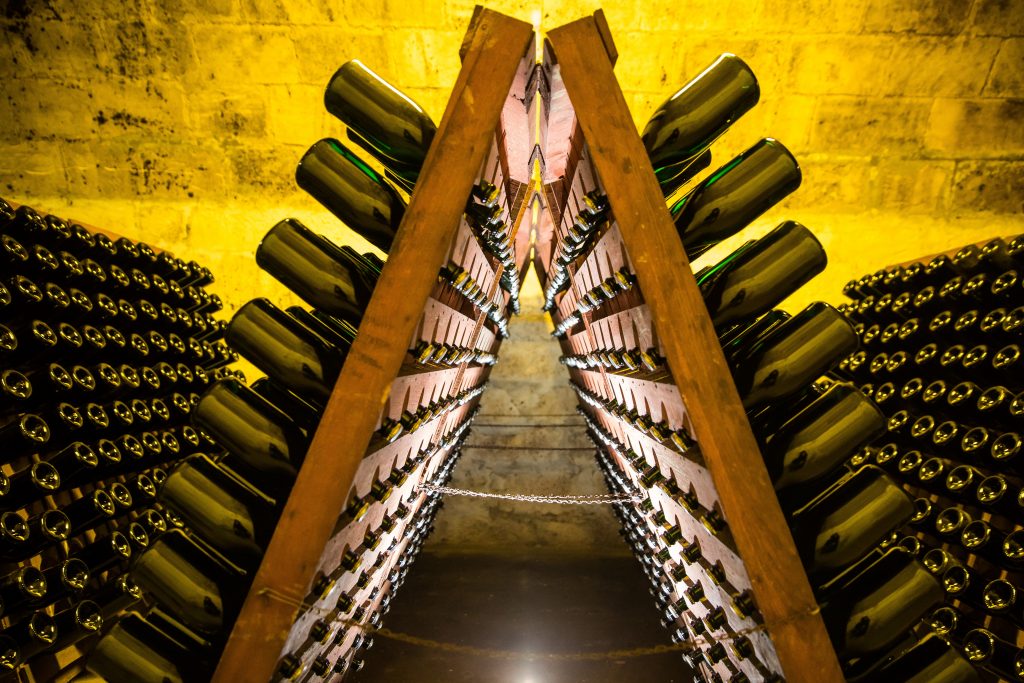
MARTINOTTI OR CHARMAT METHOD ‘SPUMANTE’
The origin of the double name is due to the inventor of the method by the Italian Federico Martinotti, while the patent of the equipment of this particular method of production, is by the French Eugène Charmat.
Through Martinotti method / Charmat the production of ‘spumante’ takes place in an autoclave that is usually in steel, here the second refermentation and the fermentation that lasts from 1 to 3 months will take place (short Charmat) but can also last about 6 months (long Charmat).
This production method tends to exalt aromatic and semi-aromatic grapes such as Moscato, Malvasia and Glera famous for the production of Prosecco.
In common with the Classic Method there are the first two phases, then the grapes after the harvest are vinified and placed in large containers that at the end of winter, after a careful organoleptic evaluation, will be put in proportion inside the cuvée and assembled in order to obtain the “best taste”.
At this point, unlike the Classic Method where the wine is bottled, the latter is transferred to a large pressure-controlled container (Autoclave) together with sugars and yeasts. Here a fermentation will take place faster than that of the Classic Method, fermentation that can last from 1 to 6 months in which yeasts eat sugars and turn them into alcohol and carbon dioxide giving rise to the characteristic bubbles.
After this phase the wine is ready to be filtered and then to receive the dosage, that is a mixture of wine and sugar and is subsequently bottled.
Being the Martinotti Method a pretty simple and fast process, it gives life to lighter ‘spumante’ with mainly fruity notes with a structure and dimension of bubbles (perlage) rather coarse and evanescent, typical example is the Prosecco that is easily found on the market.
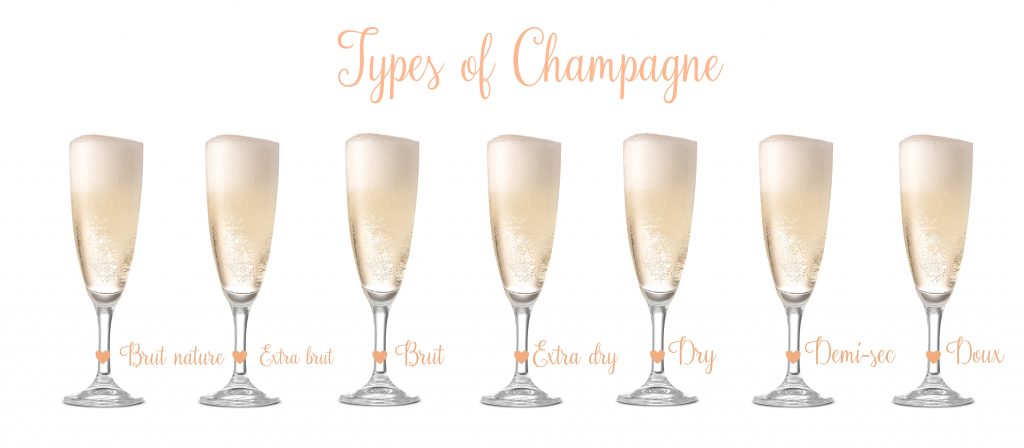
Classification ‘Spumante’ according to sugar grade:
Pas Dosè, Zero Dosage o Brut Nature:
EXTRA BRUT:
BRUT:
EXTRA DRY:
DRY- SEC- or DRY:
DEMI-SEC:
DOUX:
less than 3 grams/litre
between 3 and 6 grams/litre
between 6 and 12 grams/litre
between 12 and 17 grams/litre
between 17 and 32 grams/litre
between 32 and 50 grams/litre
more than 50 grams/litre
SPUMNTE ANCESTRAL METHOD
Ancestral Method or Pet Nat (Pétillant Naturel) or natural sparkling wine in French, is a type of ‘spumante’ that is coming back into vogue in this period, because we like to think that the consumer is looking for products that are closer to nature… a way to get closer to the man who works in the vineyard, to tradition.
This practice gives life to wines that do not lose the biological properties of the extract, in this way are obtained liquids with 100% natural characteristics.
The grapes are subjected to a delicate pressing and then, together with the yeast of the skins, transferred to steel containers where fermentation will start until a certain sugar content is reached, after which fermentation is stopped by lowering the temperature of the must and the wine is bottled. In spring when the increase in temperatures will complete the second fermentation, it will create a natural effervescence without the need to add more (yeast or sugar) and you will get a wine of character and thickness thanks to the deposit of yeasts that will remain in the bottle, for this reason also called “Col Fondo” wines. Some producers of Spumante wines from ancestral method choose to disgorge and in this case the wine will be limpid and without bottoms, as the exhausted yeasts have been eliminated. The regions with a great tradition of the practice of the ancestral method are Emilia Romagna with its Lambrusco and Veneto with its Prosecco with the fund
SEMI-SPARKLING WINES REFERMENTED IN BOTTLE
In wines for refermentation in bottle, the second fermentation takes place in bottle after the addition of sugar (new must, concentrated must, partially concentrated must, rectified must and wine still in fermentation) and yeasts that are foreign to the starting grape.
Usually, after the refermentation in bottle disgorgement is expected and, as we have seen before, it consists in the separation of the liquid from the lees with the final result of a product that tends to clarity.
The substantial difference therefore between a wine produced with the method of refermentation in bottle and a wine produced with the ancestral method is that in the first, the second fermentation starts again with the addition of sugars and yeasts, whereas in the second it starts again with all the substances already present in the original must.
AERATED SEMI-SPARKLING WINES
As for spumante, there are also non natural semi-sparkling wines or gasified wines (also called artificial) wines having an “overpressure due to carbon dioxide in solution, totally or partially added”. In practice, they are obtained by blowing CO2 into still wine. They are of a mediocre quality compared to natural ones, but much less expensive.
In this article we have tried to make a bit of clarity between the various types of spumanti (sparkling) and semi-sparkling wines,, please consider it a base for other articles that WineJoy will always propose on the subject of bubbles.
In our opinion the best choice is always the natural one!
Cheers
